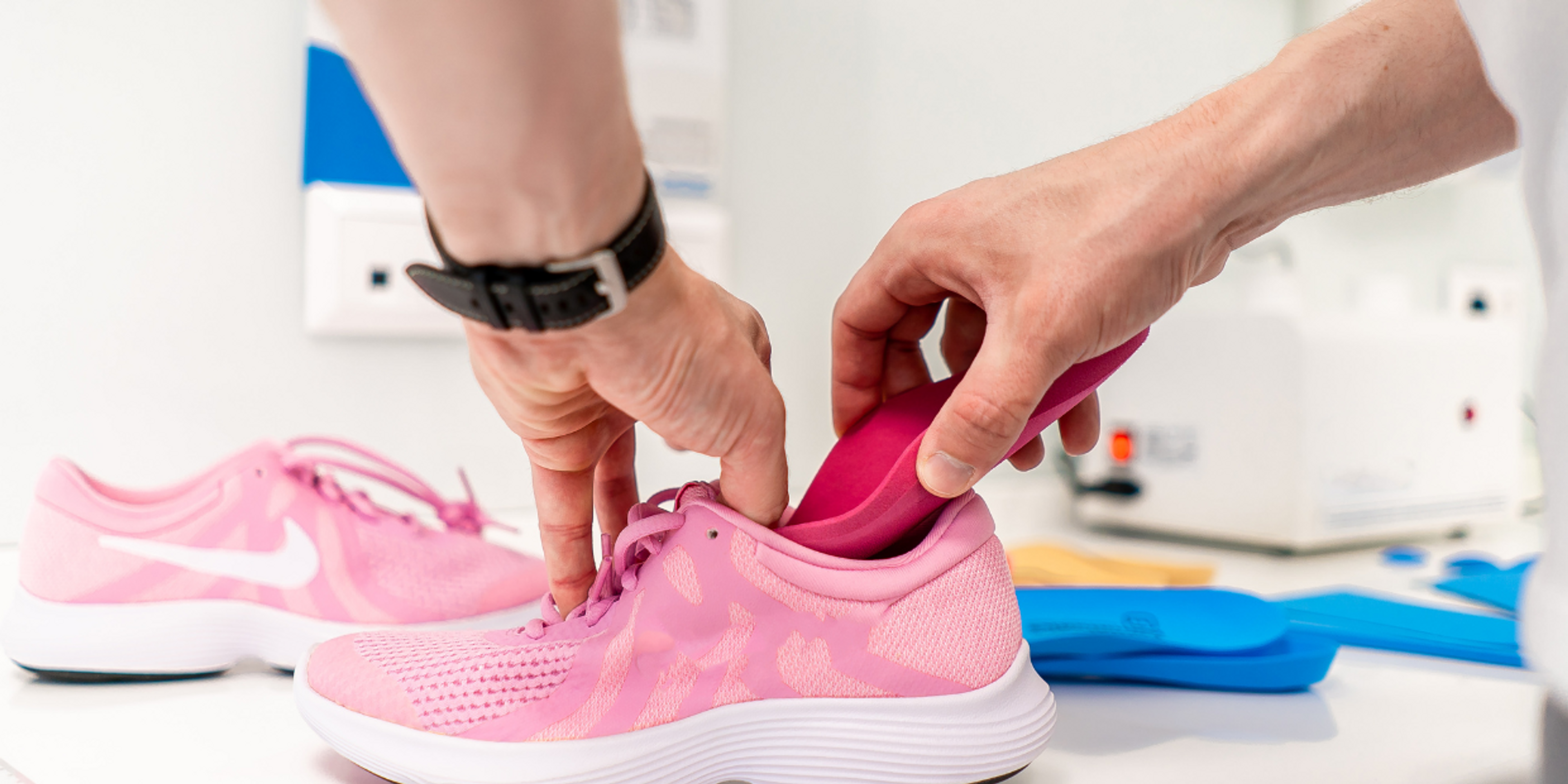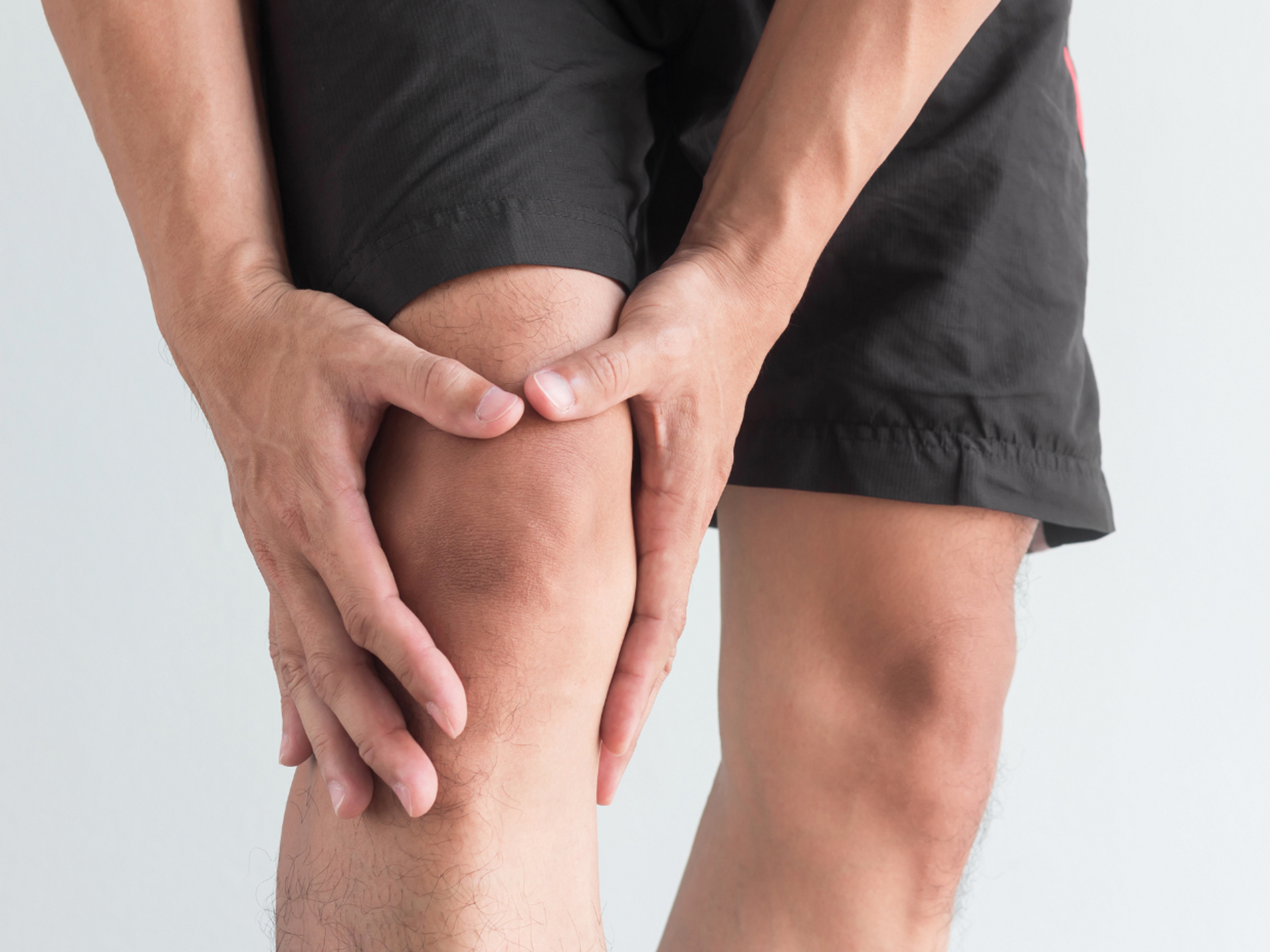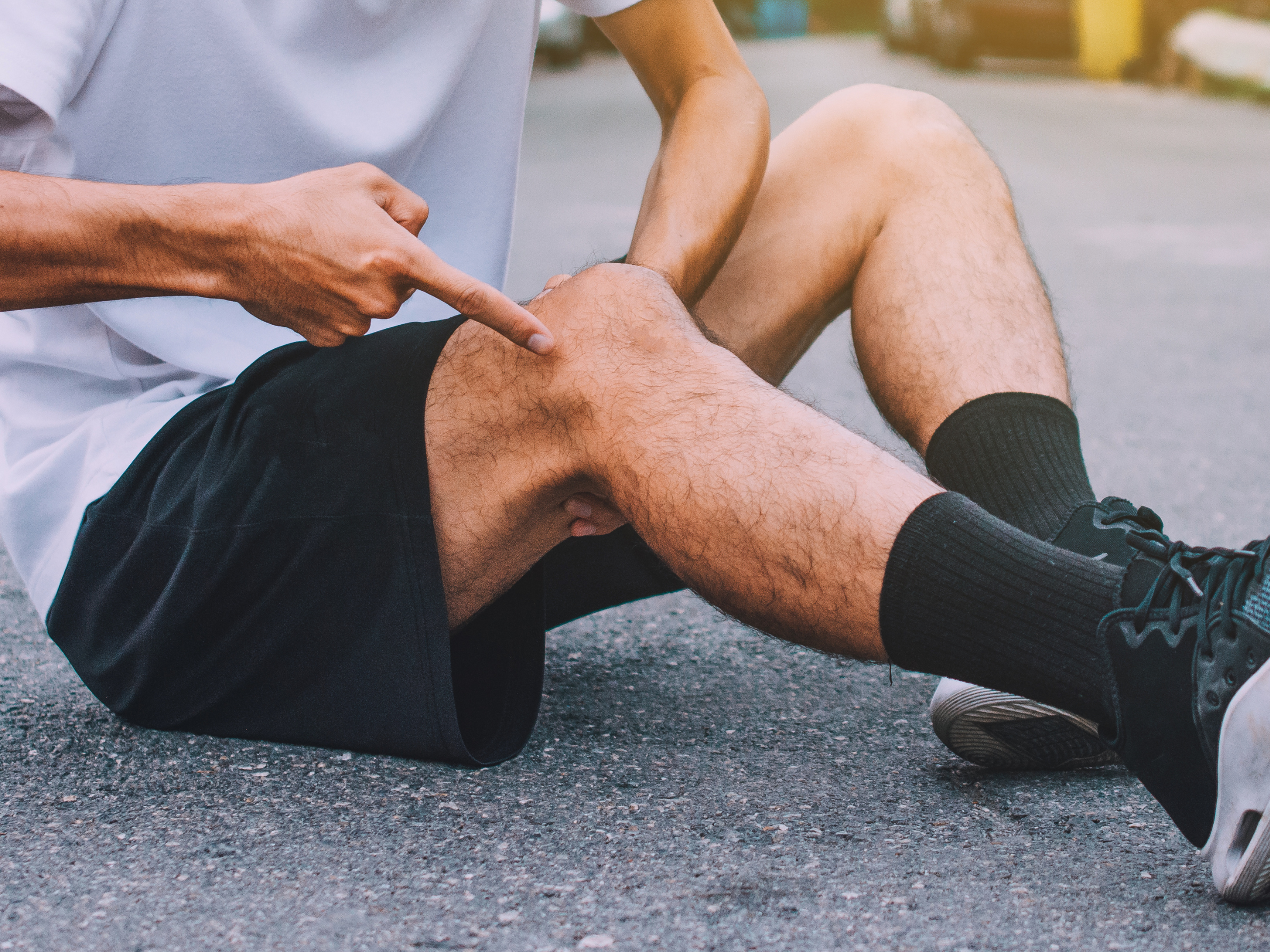How to handle painful injury flare-ups
It's normal to experience flare-ups in symptoms (pain, swelling, stiffness) when recovering from an injury. Although it can leave you feeling like you're back to square one, often, that isn't the case.
Why injury flare-ups happen
Once injured, that area of your body loses some of its strength and endurance. You can restore its strength by following a progressive rehab plan.
Rehab exercises need to be done at the right intensity to restore strength in your injured area but not overwork it. If you push beyond this and put too much load on your injury, it will cause it to flare up.
Often, it's not the rehab exercises alone that cause a flare-up. Normal daily activities like gardening or walking longer distances can accumulate to cause an increase in symptoms.
Common causes for flare-ups include:
- Using a weight or high resistance band that's too heavy
- Doing too many repetitions or sets of an exercise
- Holding stretches for too long or pushing too hard
- A sudden increase in the volume of activity, e.g., steps per day
- A sudden increase in exercise intensity
Not all painful flare-ups are linked to activity
Pain is not always linked to an injury. Instead, it has been shown that pain is created by the brain to act as a warning system whenever it thinks you may be in danger.
How does it decide when you’re in danger? It does this in several different ways.
- It monitors the signals it receives from the millions of sensors you have in your body
- It also monitors the levels of your stress hormones circulating in your blood
- It checks your memories and beliefs to understand if a situation or action has caused trouble in the past or may have bad implications for you in the future with regard to work, social life, finances, etc.
This means that any circumstances that increase the levels of your blood stress hormones (e.g., work stress, a fight with your partner, sadness, being unhappy or upset) can cause your brain to think you’re under threat and increase your pain.
There is also evidence that specific thoughts and beliefs can increase pain. For instance, if you are told that you will never be able to run again your brain may immediately increase the threat level of this injury because you love running and all your friends are at the running club.
We provide more information in a different article on how you can identify and deal with these elements that are not directly linked to your injury but may increase your pain or cause it to persist.
Have I made my injury worse?
In most cases, no. If your activity was not excessive and you didn't experience any sudden sharp pain, you likely have not worsened your injury. Instead, your body simply created some pain and stiffness to warn you to take things easy for a few days.
There is a chance that you may have worsened your injury if:
- You felt a sudden intense pain,
- Your injury swelled a lot more than usual
- You significantly increased the volume or intensity of your activity
If you suspect that you may have made it worse or are worried about your injury, you should speak to your doctor.
What to do in case of an injury flare-up
Do NOT try and train through a flare-up because it will just make your injury more sensitive. Take things a bit easier but keep moving. Remember, it is usually OK to feel mild discomfort up to 3/10 while doing exercise, and long periods of inactivity can make pain feel worse.
Once it starts to calm down, slowly ease back into your rehab by reducing the exercise intensity by a few levels. Don't worry. You'll likely be able to build it back up to your previous level within a week or two.
How to use ice for a flare-up
You can use ice to help reduce the pain and swelling when you have a flare-up.
Instructions
- Always place a wet towel or cloth between your skin and the ice to prevent it from burning your skin.
- Apply ice for 7-10 minutes, then remove it for 10 minutes, and reapply for another 7-10 minutes (10min on, 10min off, 10min on). Removing the ice for 10 minutes helps protect your skin from injury due to excessive cooling.
Don't use ice if you have poor circulation, loss of sensation, or an open wound in that area.



